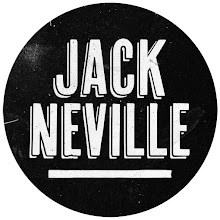Communication Theory.
I am going to analyse this piece of Graphic Design through The Shannon-Weaver mathematical model. This info graphic poster of the Lunar stages throughout 2011 is from a Spanish Graphic designer called Dimitre Lima. This piece of graphic design is a fine example of redundancy because even though it is from Spain the graphics alone can communicate the message to all people around the world.
Putting it through the Shannon-Weaver model, the Information source would be the moons lunar phases, the Transmitter (encoder) would be Lima's Design, the Channel would be the poster, the receiver would be the viewers eyes and brain and then the destination would be the person looking at the poster. The design of the poster could be seen as using the technique of redundancy because its very simple when you look at it for what it is. The outer circle which is made out of numbers represents the dates in year and is divided into the months through the names of the month on the outside and the lines and symbols coming from the centre represent each stage of the moon. It has all the basic information laid out in an easily understandable way. It also has the year and an image of the moon to clarify what it is.
It could also be seen that this piece of info graphics is using a different technique of entropy because at first there is a lot of lines, numbers and information thrown at you so the audience could feel a bit overwhelmed with information. The way the information is laid out could be considered as noise because it is laid out in a very visual and interesting way which some people could see as confusing.


